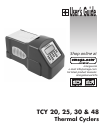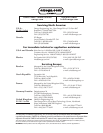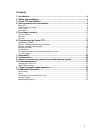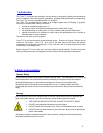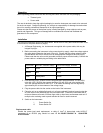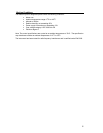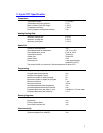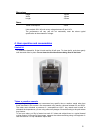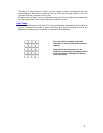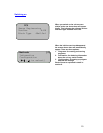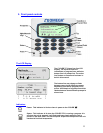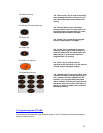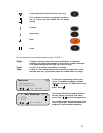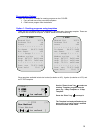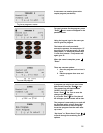
4
1. Introduction
The Cycler TCY provides the researcher with the means of accurately controlling the temperature
profile of samples. It has many scientific applications, including DNA amplification and sequencing.
The Cycler TCY can cycle samples between 4°C and 99°C.
The Cycler TCY is programmed by means of an integral keypad and LCD display. A program,
which can be recalled from memory, consists of:
a series of specified temperatures in °C
the times for which each specified temperature will be held (Hold Times)
the desired heating or cooling rates, in °C/sec, between each specified temperature
optional instructions as to whether the times and/or the temperatures are to increase or
decrease when a cycle is repeated.
The memory can store up to 80 programs.
Cycler TCY is the most economic personal thermal cycler. There are four types of blocks can be
chosen for this model: 0.2ml X 25 and 0.5ml X 20 wells blocks which have less sample
compartment but with higher ramping rate; 0.2 ml X 48 and 0.5ml X 60 wells blocks which have
more wells but less ramping rate.
Before using the TCY units, make sure you have read this manual carefully. If there is any doubt
relating to the proper use of this equipment contact Omega Flow Engineering for assistance.
2. Safety and installation
Operator Safety
Please read this manual carefully before using the thermal cycler. If the equipment is not used in the
manner described in this manual the protection provided by the equipment might be impaired.
All Omega Engineering, Inc. instruments are designed to conform to international safety
requirements and are fitted with an over-temperature cut-out. If a safety problem should be
encountered then switch off the unit at the power source and remove the plug from the electricity
supply.
Warning
HIGH TEMPERATURES ARE DANGEROUS as they can cause serious burns to operators and
ignite combustible material. Users should be aware of the following potential hazards:
USE CARE AND WEAR PROTECTIVE GLOVES TO PROTECT HANDS
DO NOT use combustible substances near hot objects
DO NOT operate the instrument in the vicinity of inflammable liquids or gases
DO NOT place any liquid directly into the instrument, always use the appropriate
plastic consumables
After heating samples, remember that parts of the instrument, namely the lid and block and any
associated accessories may be very hot.



